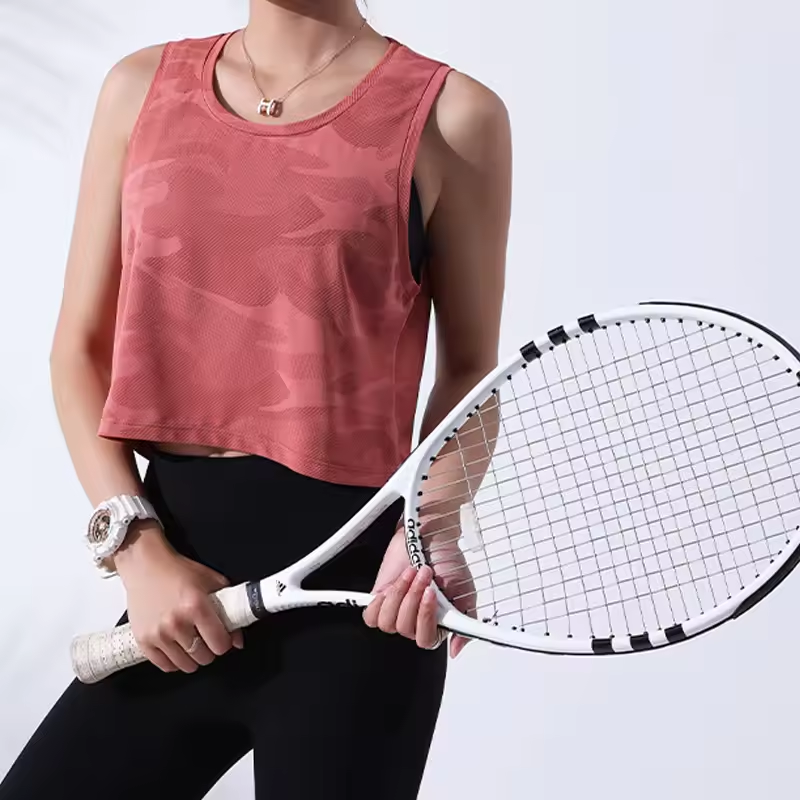
Sportswear: Best Athletic Wear for Performance and Comfort
Introduction to Sportswear
Sportswear has evolved far beyond basic gym clothes, becoming a cornerstone of modern fitness culture. Whether you’re training for a marathon, lifting weights at the gym, or practicing yoga at home, the right sports wear can enhance your performance, prevent injuries, and boost confidence. Today’s sports wear combines cutting-edge materials, ergonomic designs, and stylish aesthetics to cater to diverse needs. From moisture-wicking fabrics to specialized gear for niche sports, the market offers something for every athlete. This guide will walk you through the essentials of sportswear, including how to choose the right pieces, what to look for in performance gear, and how to stay ahead of the curve with the latest trends.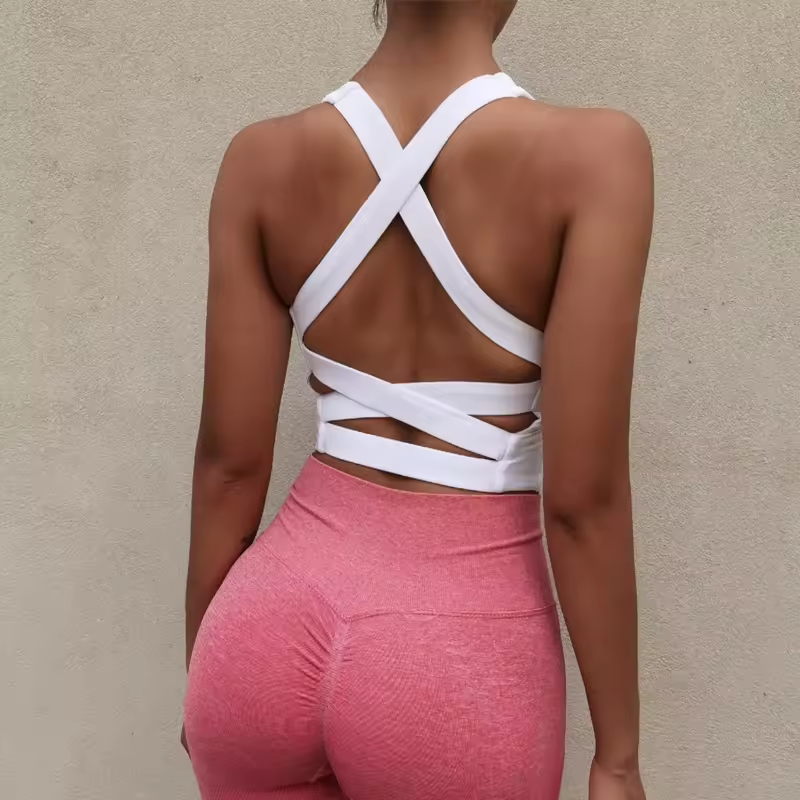
Why Sportswear Matters for Every Athlete
- Enhanced Performance: High-quality sports wear improves mobility and reduces fatigue.
- Injury Prevention: Properly designed sports wear supports joints and muscles during intense workouts.
- Comfort and Fit: Breathable, flexible materials ensure unrestricted movement.
- Psychological Boost: Wearing gear that makes you feel confident can elevate your motivation.
- Versatility: Many sports wear items transition seamlessly from the gym to casual settings.
Whether you’re a professional athlete or a weekend warrior, investing in the right sports wear pays dividends in both results and enjoyment.
Key Features to Look for in Sportswear
- Moisture-Wicking Fabrics: Materials like polyester or nylon draw sweat away from the skin, keeping you dry.
- Breathability: Mesh panels or lightweight weaves allow air circulation to regulate body temperature.
- Flexibility: Stretchy materials (e.g., spandex blends) enable full range of motion.
- Durability: Reinforced stitching and abrasion-resistant fabrics withstand frequent use.
- Style and Design: From bold logos to minimalist aesthetics, sportswear reflects personal identity.
Prioritizing these features ensures your sportswear meets both functional and fashion needs.
How to Choose Sportswear for Different Activities
- Running:
- Lightweight tops and shorts with compression for muscle support.
- Weightlifting:
- Fitted tanks and leggings for stability during heavy lifts.
- Yoga/Pilates:
- Breathable, stretchy outfits that allow deep stretches and poses.
- Cycling:
- Padded shorts and moisture-wicking jerseys for long rides.
- Team Sports:
- Breathable, breathable kits with quick-dry technology.
Tailoring your sportswear to your activity ensures optimal performance.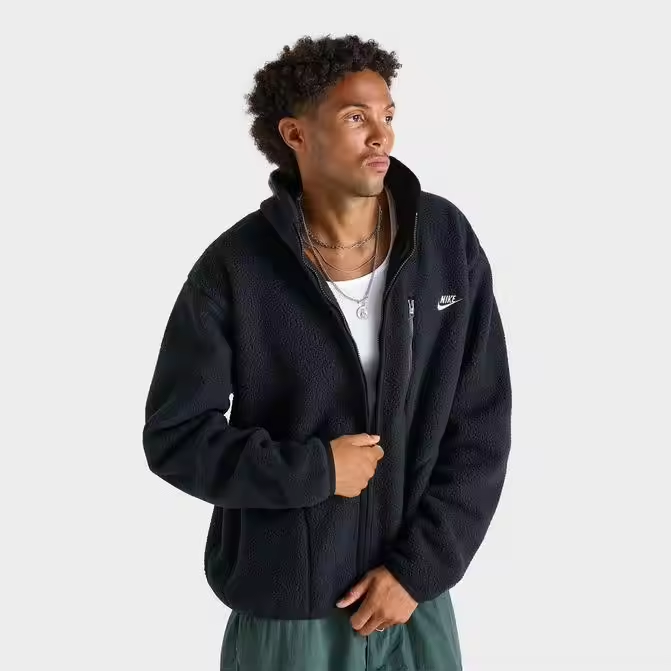
What is a Bowling Shirt? A Niche Example of Sportswear
A bowling shirt is a specialized type of sportswear designed for the unique demands of bowling. Unlike general-purpose athletic wear, bowling shirts often feature:
- Freedom of Movement: Loose-fitting designs accommodate the bowling swing.
- Breathability: Lightweight fabrics prevent overheating during long sessions.
- Style Elements: Bold colors or team logos reflect the social aspect of the sport.
- Durability: Resistant to friction from repeated movements.
- Functionality: Pockets for storing small items like keys or a water bottle.
This example highlights how sportswear adapts to specific activities.
Top Trends in Sportswear for 2025
- Smart Fabrics: Embedded sensors track heart rate, movement, and temperature.
- Gender-Neutral Designs: Expanding size ranges and unisex styles cater to all athletes.
- Sustainable Materials: Brands use recycled polyester or organic cotton for eco-friendly sportswear.
- Customization: Made-to-order options for personalized fits and designs.
- Tech Integration: Bluetooth-enabled headphones or GPS-compatible pockets in running gear.
These trends reflect the industry’s shift toward innovation and inclusivity.
How to Measure and Fit Sportswear Correctly
- Understand Your Body Type:
- Choose compression for muscle support or loose fits for freedom of movement.
- Check Size Charts: Brands vary in sizing; compare measurements to avoid guesswork.
- Test for Flexibility: Move in the garment to ensure it accommodates your range of motion.
- Assess Breathability: Try the piece in a warm environment to gauge ventilation.
- Evaluate Comfort: Avoid tight seams or rough fabrics that cause irritation.
Proper fit ensures your sportswear enhances, rather than hinders, your performance.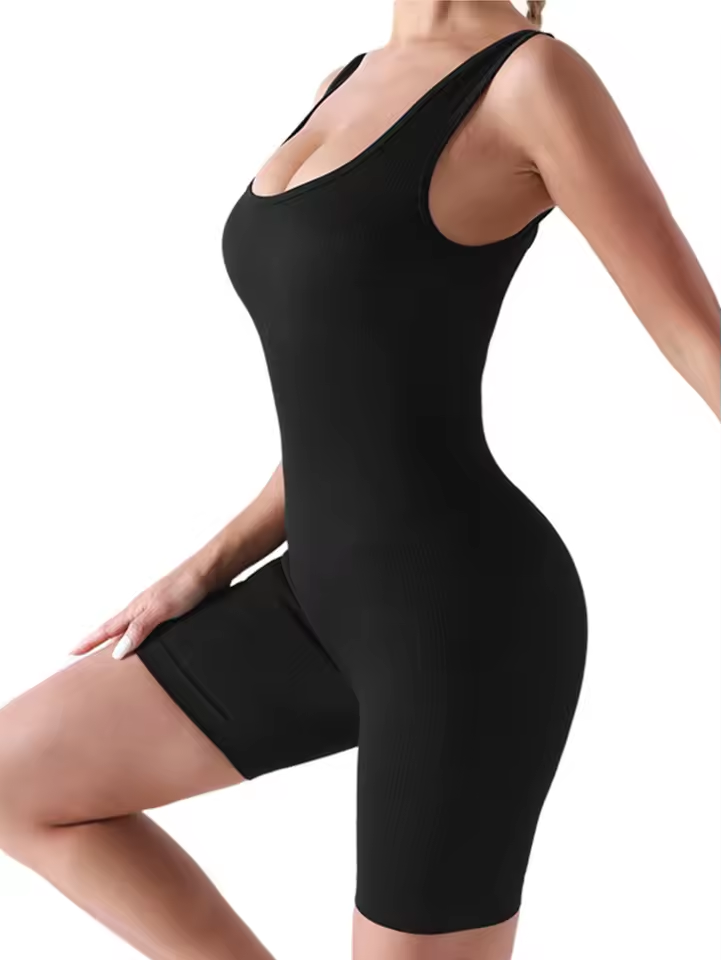
Best Sportswear for Men and Women
- Men’s Sportswear:
- Tops: Muscle tees, tanks, or long-sleeve compression shirts.
- Bottoms: Joggers, shorts, or cycling pants with built-in liners.
- Shoes: Running shoes, cross-trainers, or sport-specific footwear.
- Women’s Sportswear:
- Tops: Bralettes, sleeveless tops, or thermal layers for cold-weather training.
- Bottoms: Leggings, capris, or skirts for flexibility and coverage.
- Accessories: Sports bras, headbands, or anti-slip socks.
Both genders benefit from tailored sportswear that matches their needs.
Common Mistakes to Avoid When Buying Sportswear
- Ignoring Fabric Quality: Cheap materials may degrade quickly or restrict movement.
- Overlooking Fit: Ill-fitting sportswear can cause chafing or discomfort.
- Choosing Based on Style Alone: Prioritize function over aesthetics.
- Neglecting Care Instructions: Improper washing reduces lifespan and performance.
- Underestimating Accessories: Items like compression sleeves or sport bras are essential.
Avoiding these errors ensures your sportswear delivers consistent results.
How to Care for Your Sportswear
- Washing Tips:
- Use cold water to preserve fabric integrity.
- Avoid fabric softeners, which reduce moisture-wicking properties.
- Drying Methods:
- Air dry to prevent shrinkage or damage from heat.
- Storage:
- Keep sportswear in a cool, dry place to avoid mildew.
- Repairing Damage:
- Mend small tears with a sewing kit to extend the life of your gear.
- Replacing Worn-Out Gear:
- Replace items when they lose elasticity or show signs of wear.
Proper maintenance maximizes the value of your sportswear.
Sportswear for Niche Sports and Hobbies
- Cycling:
- Chamois-lined shorts and aerodynamic jerseys.
- Hiking:
- Moisture-wicking layers and durable, abrasion-resistant pants.
- Swimming:
- Chlorine-resistant swimsuits and rash guards.
- Golf:
- Breathable, wrinkle-resistant shirts and stretchable pants.
- Skateboarding:
- Padded shorts and abrasion-resistant tops for protection.
Sportswear is as diverse as the activities it supports.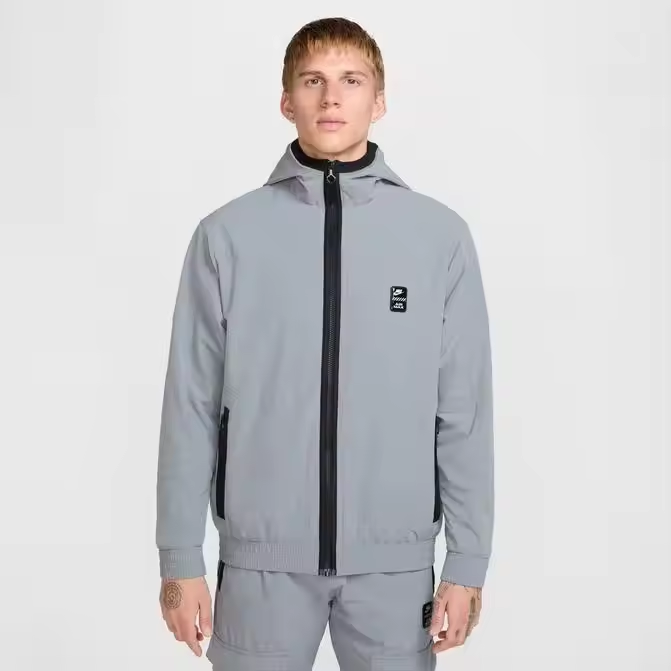
The Role of Technology in Modern Sportswear
- Compression Gear: Improves blood flow and reduces muscle soreness.
- Temperature-Regulating Fabrics: Keep you warm in winter or cool in summer.
- Reflective Elements: Enhance visibility for early morning or evening workouts.
- Integrated Tech: Pockets for GPS devices or moisture-wicking inner linings.
- Smart Fabrics: Monitor biometrics like heart rate or hydration levels.
Tech-enhanced sportswear redefines what’s possible in athletic performance.
How to Build a Versatile Sportswear Wardrobe
- Layering Essentials:
- Base layers for warmth, mid-layers for insulation, and outer layers for weather protection.
- Invest in Multipurpose Pieces:
- A good pair of leggings can work for yoga, running, or gym sessions.
- Mix and Match:
- Combine a performance tank with joggers for a casual yet functional look.
- Seasonal Adjustments:
- Opt for breathable fabrics in summer and thermal layers in winter.
- Budget-Friendly Tips:
- Prioritize high-wear items (e.g., running shoes) and buy basics in bulk.
A well-rounded sportswear collection saves time and money.
Eco-Friendly Sportswear: A Growing Trend
- Recycled Materials: Brands like Patagonia or Nike offer eco-friendly sportswear made from recycled plastics.
- Organic Fabrics: Organic cotton or hemp-based gear reduces environmental impact.
- Dye-Free Options: Natural dyes or white/neutral tones minimize chemical waste.
- Long-Lasting Designs: Durable sportswear reduces the need for frequent replacements.
- Ethical Manufacturing: Supporting brands with fair labor practices ensures sustainability.
Eco-conscious sportswear aligns fitness goals with environmental responsibility.
Top Sportswear Brands for 2025
- Nike: Leading innovation in performance and style.
- Lululemon: Known for high-quality yoga and gym wear.
- Adidas: Offers eco-conscious collections and adaptive fits.
- Under Armour: Focuses on compression and moisture-wicking technology.
- Patagonia: Pioneers in sustainable sportswear for outdoor activities.
Researching these brands ensures quality and reliability.
The Future of Sportswear: What to Expect
- Biodegradable Fabrics: Materials that decompose without harming the environment.
- AI-Powered Customization: 3D scans for made-to-measure sportswear.
- Zero-Waste Production: Brands minimizing fabric waste during manufacturing.
- Health-Monitoring Gear: Clothing that tracks vital signs in real-time.
- Modular Designs: Interchangeable components for versatile use.
These advancements ensure sportswear remains at the forefront of innovation.
Conclusion: Elevate Your Game with the Right Sportswear
Sportswear is more than just clothing—it’s a tool for achieving fitness goals and expressing personal style. From everyday gym sessions to niche sports to outdoor adventures, the right gear makes all the difference. By understanding fabric types, fit requirements, and sustainability efforts, you can build a sportswear collection that supports your lifestyle. Invest in quality sportswear today and unlock your full potential in every workout!